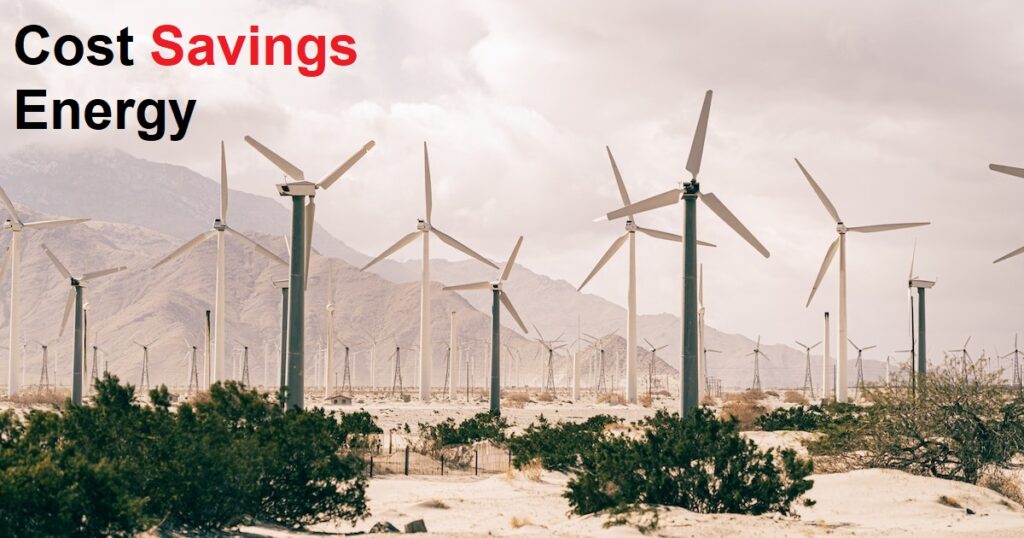Green roofs have become increasingly popular in recent years, particularly in urban areas where space is limited. They offer a range of benefits both for the building owner and the environment.
In this article, we will explore the benefits of green roofs in detail, including their impact on energy efficiency, stormwater management, biodiversity, and human health.
Introduction
Green roofs, also known as living roofs or vegetated roofs, are rooftops covered with vegetation, soil, and other components that support plant growth. They are designed to provide a range of benefits, including improving the aesthetics of a building, reducing energy consumption, and promoting biodiversity in urban areas.
Energy Efficiency
One of the primary benefits of green roofs is their impact on energy efficiency. Green roofs provide insulation that can help regulate the temperature inside a building, reducing the need for heating and cooling. This insulation effect can be particularly significant in urban areas where buildings are closely packed together and there is little space for vegetation.

Stormwater Management
Another benefit of green roofs is their ability to manage stormwater runoff. Traditional rooftops are impermeable and can lead to flooding and other issues during heavy rain events. Green roofs, on the other hand, absorb and store rainwater, releasing it slowly over time. This can help prevent flooding and reduce the burden on municipal stormwater systems.
Biodiversity
Green roofs also provide habitat for a range of plant and animal species, particularly in urban areas where natural habitats are scarce. They can support a range of native plants and attract birds, bees, and other pollinators. This biodiversity can help promote ecological resilience and contribute to a healthier urban environment.
Human Health
Green roofs can also have a positive impact on human health and well-being. Studies have shown that exposure to green spaces can reduce stress, improve mental health, and enhance the overall quality of life. Green roofs can provide a valuable source of green space in urban areas, particularly in densely populated neighborhoods where access to parks and other green spaces may be limited.
Cost Savings
While the initial cost of installing a green roof can be higher than a traditional rooftop, there are significant cost savings over the long term. Green roofs can reduce energy consumption, lower stormwater management costs, and extend the lifespan of the roof. They can also increase property values and provide a marketing advantage for building owners.

Conclusion
In summary, green roofs offer a range of benefits both for the building owner and the environment. They can improve energy efficiency, manage stormwater runoff, support biodiversity, and promote human health and well-being. While the initial cost may be higher, the long-term cost savings and other benefits make them a worthwhile investment for building owners and communities.
FAQs
- What types of plants are typically used on green roofs?
- The choice of plants will depend on a range of factors, including the climate, the size and orientation of the roof, and the desired aesthetic. Some common plant species used on green roofs include sedums, grasses, and wildflowers.
- Do green roofs require a lot of maintenance?
- Green roofs do require some maintenance, particularly during the establishment phase. However, once the vegetation is established, the maintenance requirements are generally minimal.
- Can green roofs be installed on any type of building?
- Green roofs can be installed on most types of buildings, although the structural integrity of the building and the weight of the green roof will need to be carefully considered.
- Do green roofs provide any noise insulation?
- Yes, green roofs can provide some insulation against external noise, particularly in urban areas.
- Can green roofs help reduce the urban heat island effect?
- Yes, green roofs can help reduce the urban heat island effect by providing shade and cooling.
- Are green roofs suitable for all climates?
- Green roofs can be adapted to a range of climates, although the type of vegetation used and the design of the green roof will need to be tailored to the local conditions.
- How do green roofs impact building codes and regulations?
- Green roofs may be subject to specific building codes and regulations, depending on the jurisdiction. It is important to consult with local authorities and building professionals to ensure compliance.
- Can green roofs be retrofitted onto existing buildings?
- Yes, green roofs can be retrofitted onto existing buildings, although the feasibility and cost will depend on a range of factors, including the structural integrity of the building and access to the rooftop.
- What is the lifespan of a green roof?
- The lifespan of a green roof will depend on a range of factors, including the design, the quality of the materials used, and the maintenance regime. A well-designed and maintained green roof can last for 25-50 years or more.
- How can I get started with a green roof project?
- Getting started with a green roof project involves careful planning and consultation with building professionals and other stakeholders. It is important to consider factors such as the structural integrity of the building, the desired outcomes, and the budget. Working with a qualified and experienced green roof contractor can help ensure a successful project.
